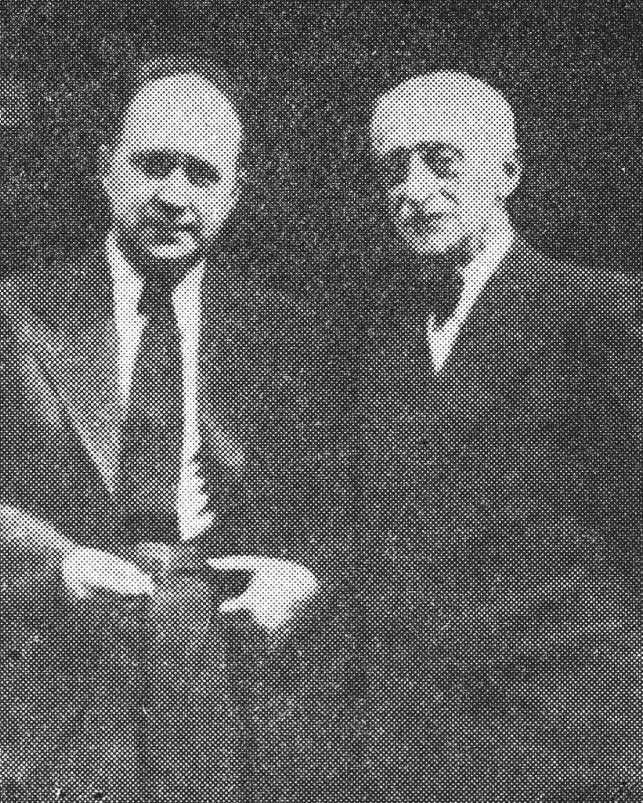Georges GOLDKORN
Январь 2, 2019Jacques GOTKO
Январь 2, 2019Юлий ГОРДОН
ИРКУТСК (РОССИЯ) 1908 – МЕЛК (АВСТРИЯ) 1944
Юлий Гордон вырос в семье верующих. Его отец Шимон Гордон родом из Вильнюса, работавший в банке в Санкт- Петербурге, был переведен в Иркутск в Сибири. После Октябрьской революции семья эмигрировала в Париж. После обучения во французской школе Гордон изучал живопись в академии Лота, располо- женной в доме 26 по рю дю Депар на Монпарнасе. Призванный в армию во время Второй мировой войны, Гордон был награждён воен- ным Крестом за отвагу во время боя под Седаном 13 мая 1940 года. Был взят в плен нацистами и заключён в тюрьму на долгие месяцы. Ему удалось бежать, пересечь Мозель и добраться до свободной зоны. Рядом с Греноблем он присоединился к движению Сопротивления и активно работал в организа- ции OSE (Организации помощи детям). В его обязанности входило ездить по французской провинции, собирать детей и переправлять их в Швейцарию.
25 января 1944 года немецкая армия окружи- ла подполье, которое капитулировало после четы- рех часов боя. Тридцать участников Сопротивления были расстреляны. Юлий Гордон сначала был переправлен в гестапо в Гренобль, затем депортирован и убит нацистами в Мелке 5 апреля 1944 года.
Stories of Jewish Artists of the School of Paris 1905-1939
FRENCH-ENGLISH
Capitale des arts, le Paris des années 1905-1939 attire les artistes du monde entier. De cette période de foisonnement, un terme est resté, celui d'Ecole de Paris, qui recouvre une grande diversité d'expression artistique. Dans ce brassage dont Montparnasse est le creuset, un groupe se distingue : celui des artistes juifs venus de Russie, de Pologne et d'Europe centrale. Si leurs styles sont variés, un destin commun les rassemble : ils fuient l'antisémitisme de leur pays d'origine. Certains ont connu la célébrité dès les années 1920, tels Soutine, Lipchitz ou Chagall. D'autres n'ont pas eu le temps ou la chance d'y accéder. Près de la moitié a péri dans les camps de concentration nazis.
From 1905 to 1939, Paris attracted artists from all over the globe as the capital of the art world. This period of artistic proliferation became known as the School of Paris, and includes a great diversity of artistic expression. Within the teeming art world centred on Montparnasse, one group set itself apart: Jewish artists from Russia, Poland, and Central Europe. Although their styles were diverse, they shared the common fate of fleeing anti-Semitic persecutions in their home countries. Some became famous in the 1920s, such as Soutine, Lipchitz, and Chagall, while others did not have the time or the luck to gain renown. Nearly half of these artists died in Nazi concentration camps.





